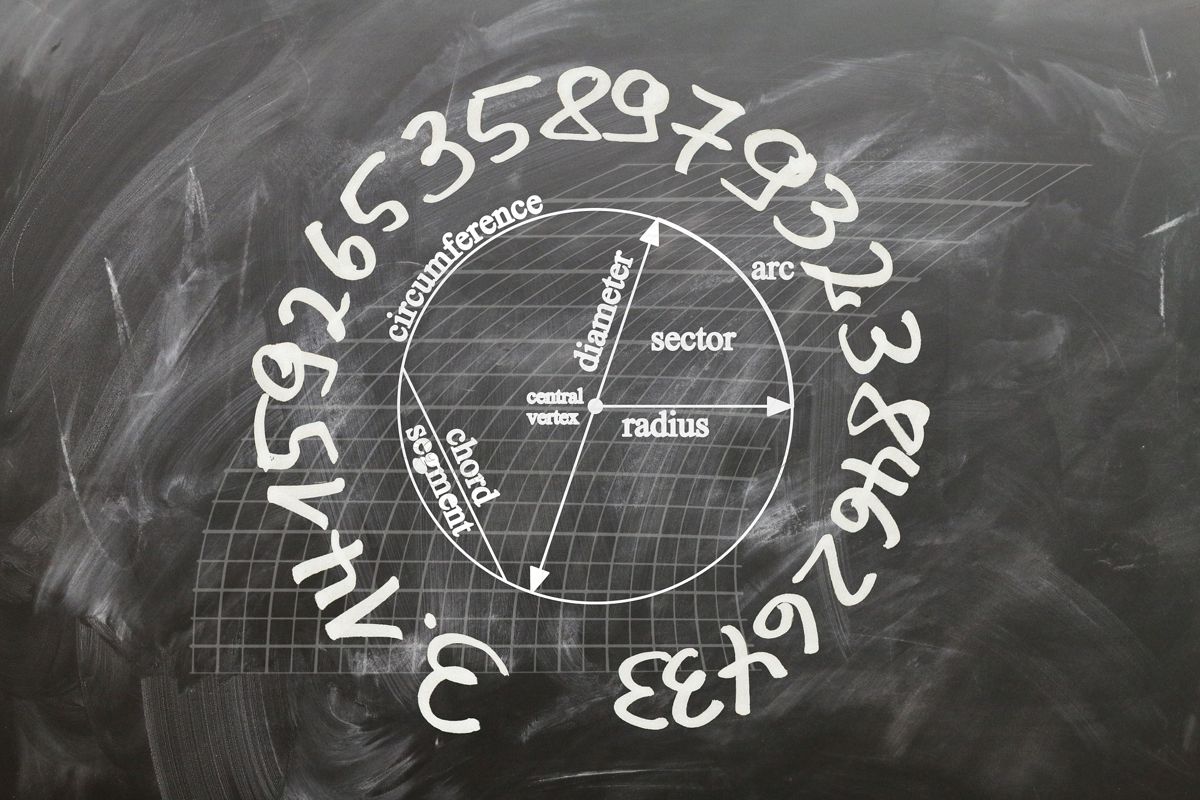Celebrate the magic of π on National PI Day
Described as beautiful, elusive and enigmatic, Pi has fascinated and inspired mathematicians throughout history. So beloved, this special number even has its own holiday. Started by physicist Larry Shaw in 1988 as a fun day for his staff at San Francisco’s Exploratorium science museum, March 14 was officially declared National Pi Day in 2009 by the U.S. Congress.
Deceptively simple, Pi is the ratio of the circumference of a circle to its diameter. The miraculous fact about Pi is that no matter the size of the circle, the value does not change, making Pi a mathematical constant. Adding to its allure, Pi is also an irrational number which means that its decimal representation has no end and no repeating pattern.
Dorina Mitrea, Ph.D., professor and chair of the Department of Mathematics at Baylor University, explains Pi’s uniqueness this way: “4,000 years ago, people realized the existence of the special number, which had a very clear relevance to what they were doing on a daily basis, and that has not changed.”

History of Pi
The earliest use of Pi was documented 4,000 years ago in Babylon and was probably used for construction. According to Mitrea, despite this discovery, the approximate value for the ratio itself continued to elude people. “It turned out that it wasn’t easy to actually give a number that represents exactly that ratio.”
In 250 B.C.E., Greek mathematician Archimedes created the first algorithm that calculated the first few decimals in Pi. He drew hexagons inside and outside of a circle. Then he doubled the number until reaching a 96-sided polygon. With this algorithm, Archimedes was able to determine 3.14 as the first decimal points of Pi. This breakthrough would begin the never-ending calculations of the never-ending number.
As calculations grew, there was a need to write Pi more accurately since the numeral form of Pi doesn’t fully express its accuracy.
“Although it is impossible to write out all the digits for Pi, from a mathematical point of view, it is a clear, well-defined number,” Mitrea said. In 1709, mathematicians solved the issue by using the Greek letter π to represent the never-ending number.
Typically, about the first 40 digits (3.1415926535897932384626433832795028841971) are used to perform calculations, yet to this day mathematicians continue to expand the numbers. Through modern computing technology, Pi was calculated to a record 100 trillion digits in 2022.
Relevance of Pi
The number Pi transcends its geometrical significance and is ubiquitous in all of mathematics.
Scientists use Pi for mundane applications involving circles and spheres to complicated integrals and sophisticated problems in probability theory. Whether calculating the vastness of space or understanding the spiral of DNA, Pi is involved.
“Pi is often a key ingredient in the solution of a great many problems inspired by real-world phenomena,” Mitrea said. “Pi will only increase its relevance as we continue to further our understanding of the world we live in.”

Cultural influence of Pi
The mathematical constant’s popularity has transformed it beyond the scientific world into a pop culture icon. Pi has been the subject of numerous documentaries and books. World-renowned astronomer Carl Sagan mused in his 1985 novel “Contact” that a message from the creator of the Universe is embedded within Pi.
Pi was famously featured in the 1967 Star Trek episode “The Wolf in the Fold,” where Mr. Spock stops a murderous computer by instructing it to compute the last digit for the value of Pi – an impossible task that destroyed the computer.
Competitions are held to determine who can recite the most digits of Pi. Known as piphilology, the world record is held by Thomas W. Ferguson, who recited Pi to 3,142,958 decimal places in 2006.
Future of Pi
The possibilities of what Pi can do are infinite as the number itself. Mathematicians continue to be excited about the mystery of Pi and its secrets.
“Pi is like a universe. It gradually reveals itself to us as we try to understand the very fabric of mathematics,” Mitrea said. “Even now there are many unanswered questions and open problems which are both intriguing and incredibly difficult. It never stops amazing us.”

Celebrate Pi Day
As Pi Day on March 14 approaches, there are many ways you can celebrate the wonder of Pi.
- Enjoy some Pi-themed food. Pizza pie, chicken pot pie or cherry pie all are options.
- Take a walk for 3.14 miles.
- Contemplate the beauty of the natural world and how Pi is part of it.














